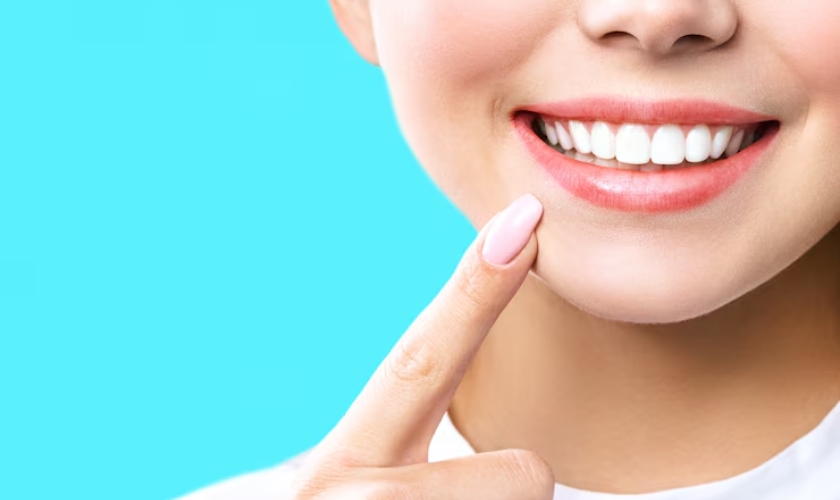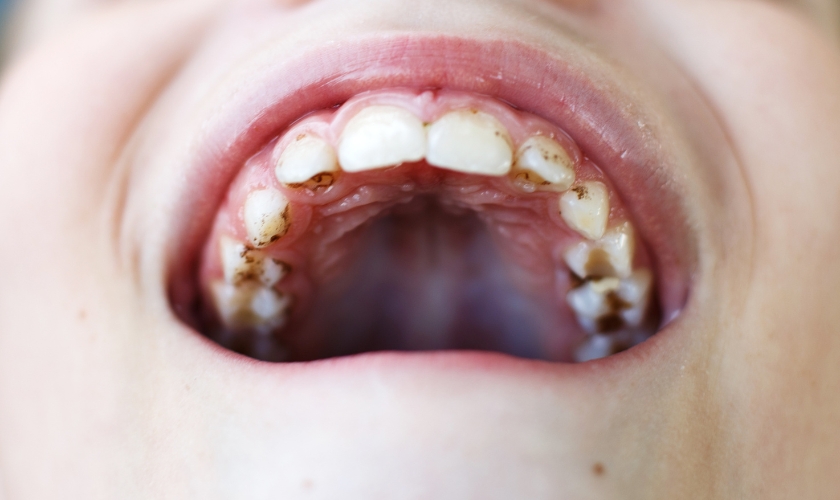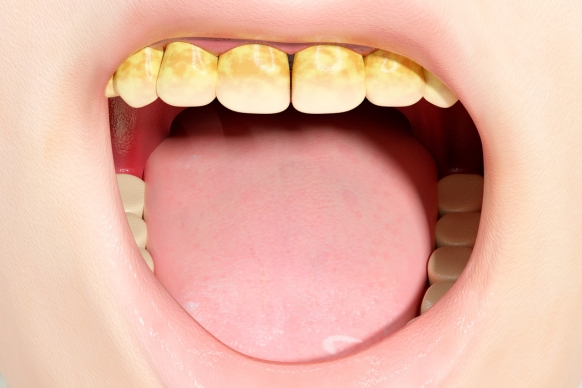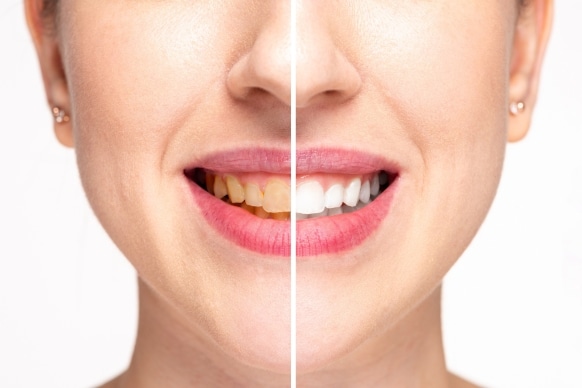BOOK ONLINE

The quest for a bright, white smile often leads many to in-office teeth whitening procedures. These treatments offer powerful results, but a common concern lingers: can yellow teeth truly become white again after this intervention, and if so, how long will the results last? The answer is a resounding yes, with some important considerations.
Understanding Why Teeth Yellow
Before diving into whitening, let’s explore the culprits behind yellow teeth:
- Chromogens: These pigmented compounds found in coffee, tea, red wine, and certain fruits readily stain the enamel’s surface, causing extrinsic stains.
- Aging: Dentin, the layer beneath enamel, naturally darkens with age. As the enamel thins over time, this deeper color shows through, contributing to a yellowish appearance.
- Medications: Certain medications, particularly tetracycline, can stain teeth during tooth development in children or as a side effect in adults.
The Power of In-Office Whitening
In-office teeth whitening utilizes concentrated bleaching agents, typically hydrogen peroxide or carbamide peroxide, to combat discoloration. Here’s how it works:
- Breaking Down Stains: The bleaching agent breaks the stain molecules within the enamel, making them smaller and less visible.
- Oxidation Power: For deeper stains, the agent interacts with the dentin, potentially altering its color and contributing to overall whitening.
The Durability of Whiteness
In-office whitening offers dramatic results, often achieving several shades whiter teeth in just one appointment. However, the longevity of this whiteness depends on several factors:
- Your lifestyle: Habits like smoking, consuming heavily pigmented foods and drinks, and poor oral hygiene can significantly accelerate stain reappearance.
- Underlying Stains: Intrinsic stains, caused by factors like aging or medications, might not whiten as dramatically or may return faster.
- Genetics: Some individuals naturally have thinner enamel, making them more susceptible to staining and requiring more frequent touch-ups.
Maintaining Your Bright Smile
Here’s how to extend the results of your in-office teeth whitening:
- Practice impeccable oral hygiene: Brush twice daily with a fluoridated toothpaste and floss regularly to remove plaque and prevent stain buildup.
- Limit staining foods and drinks: Enjoy them in moderation and rinse your mouth with water afterwards.
- Consider touch-up treatments: Talk to your dentist about at-home whitening options like trays or toothpaste for periodic maintenance.
- Schedule regular dental cleanings: Professional cleanings remove surface stains and help maintain overall oral health.
Beyond Whitening: Addressing Intrinsic Stains
For stubborn intrinsic stains, in-office teeth whitening might not be the only solution. Your dentist might recommend:
- Veneers: These thin, custom-made shells are bonded to the front surface of teeth, masking discoloration and achieving a long-lasting white appearance.
- Dental bonding: This technique uses a tooth-colored resin to cover up stains or minor chips on the teeth.
In-office teeth whitening is a powerful tool for achieving a whiter smile. While yellowing may return over time, proper oral hygiene and lifestyle choices can significantly extend the results. Consulting your cosmetic dentist is crucial to discuss your whitening goals, understand the longevity of the treatment, and explore potential solutions for intrinsic stains. With the right approach, you can maintain a bright, confident smile for years to come.






